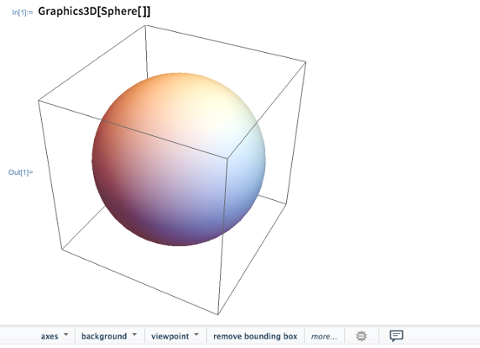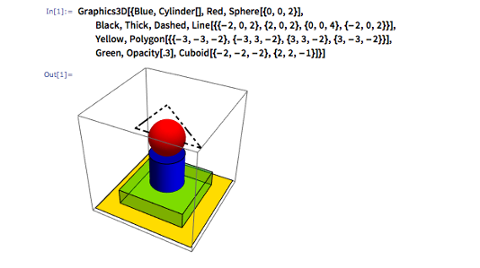This article excerpt is from eFinancialCareers. Data scientists are the darlings of the financial services industry. Hedge funds, asset managers, investment banks and quant funds are all competing for a select band of talent with global tech giants like Google. Universities can’t
keep up with demand. There is a shortage of candidates who combine a deep knowledge of financial markets, securities and investment strategies with a fluency in programming languages. But which
programming language do you need to understand if you want to work in data science? Five years ago, Bank of America was t
alking about Python as the next big thing for its trading platforms. Now this is being combined with R. “The same equivalent program in Python can be done with four times less code than Java, and using the R language for statistical computing, you can run simulations easily, use the apply function and say in one statement what might take 10 lines of codes in another language,” said
a lecturer for the graduate program in analytics at a prestigious Midwestern university, who also works as a senior data scientist at a U.S. bulge-bracket bank, during a presentation at the Trading Show Chicago 2016. This lecturer manages software engineering groups, performs live-trade economic analysis and designs statistical forecasting algorithms at the bank.
R you ready to learn R?
Shops that do high-frequency/low-latency trading often use the statistical language R, and they need people who can implement a systematic way of developing programs to analyze investment data and risk management. Important skills to learn include time-series, forecasting, portfolio selection, covariance clustering, prediction and derivative securities. “Analytics and data science are growing in importance in financial sector,” said the lecturer. “
SAS is being replaced by R and Python. “Using R, we can simulate extreme events and their effect on prices, conduct portfolio analysis and visualize the covariances in a portfolio that we built,” he said. “Business, investor and consumer-level problems are attacked with tools from statistics, computer science and finance.”
Steep Adoption Curve of the R Programming Language
R is one of the most commonly used data-analytics and machine-learning languages in the world right now. In 2013, R was reported as the best-paid skill, with a median income of $115k, by
Dice and several survey agents. “As a free, open-source solution, with 6,000-plus packages – 20% growth from last year – covering thousands of use cases, R is attractive to most industries,” said Vivian Zhang, the founder and CTO of the
NYC Data Science Academy. “R is at the forefront of machine learning, as leading statisticians and computer scientists prototype cutting-edge solutions in R, for example,
XGBoost.” As a result, computing communities for other languages such as Python and C++ quickly adapt these mature algorithms into their libraries. The finance industry is still in the early days of adopting R. “The finance industry’s need for validation and its sensitivity to regulations has slowed its adoption of R,” Zhang said.
For more on the challenges facing R, and the level of demand for programmers skilled in its use, check out the eFinancialCareers article. It was originally written by Dan Butcher.



